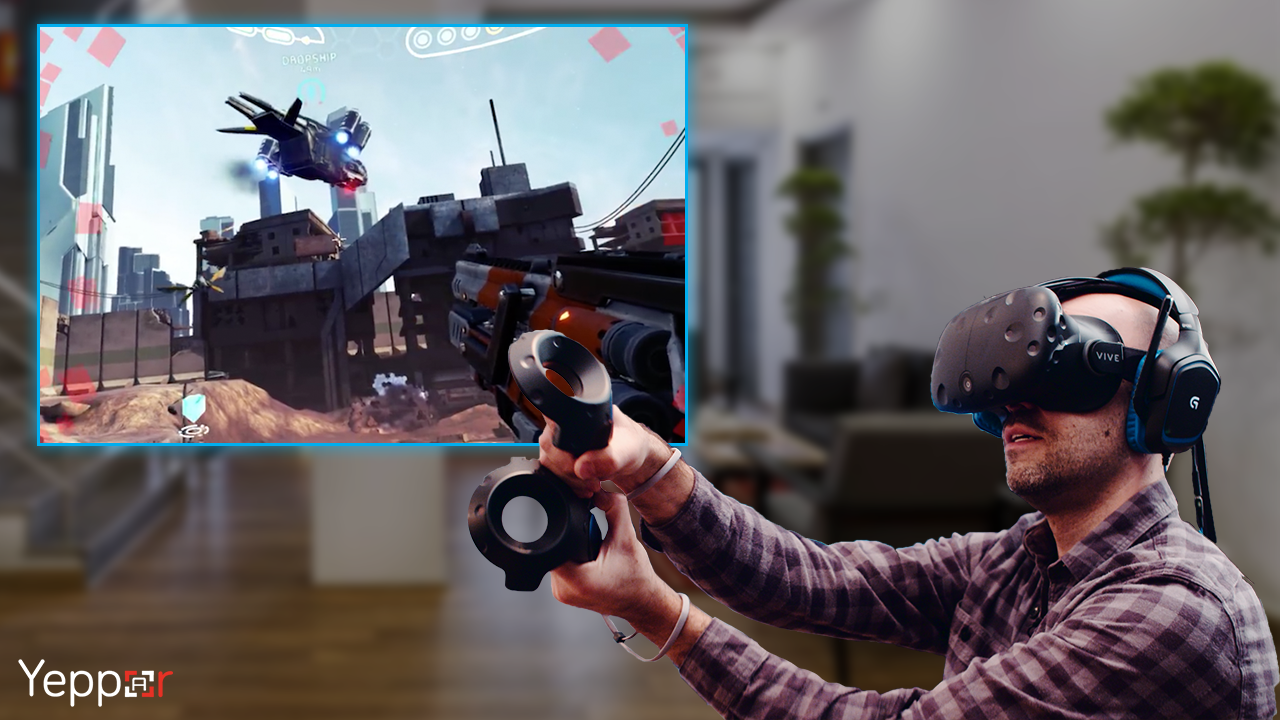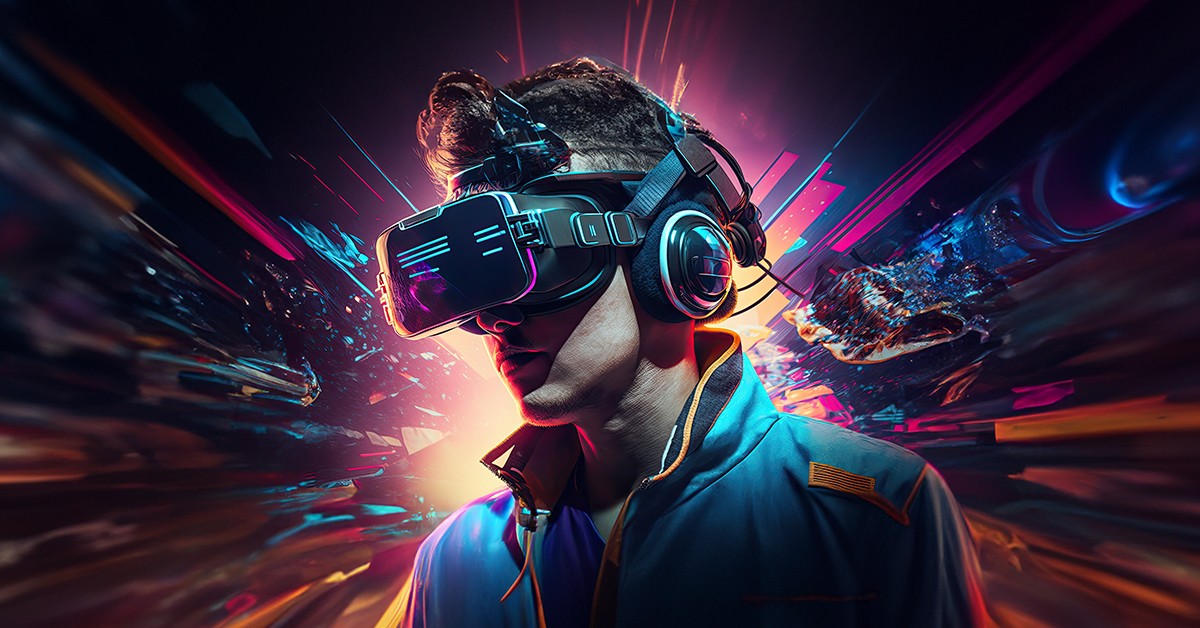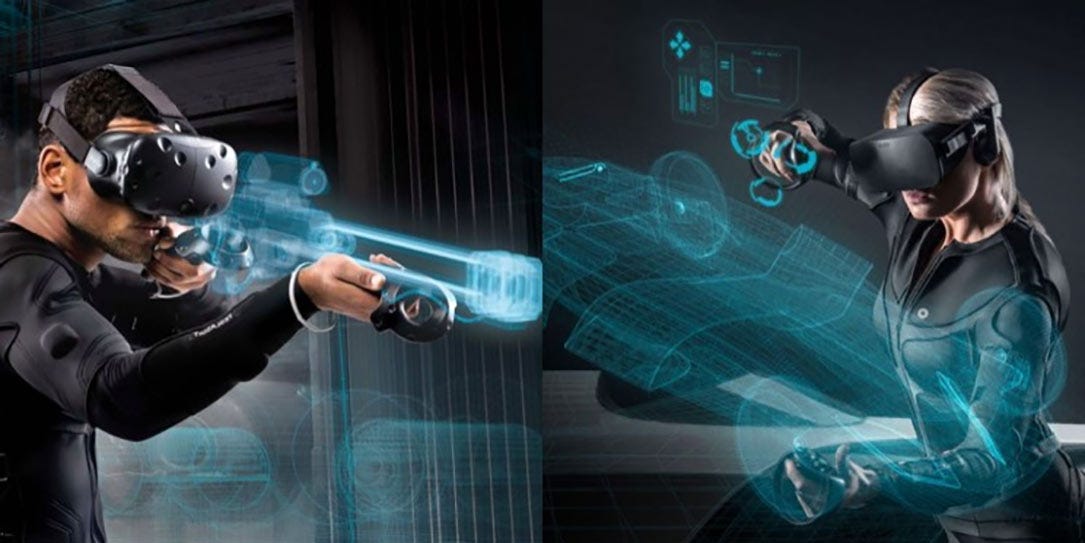The world of gaming is constantly evolving, and two technologies that are revolutionizing the way we play together are Virtual Reality (VR) and Augmented Reality (AR). These immersive experiences have taken the gaming world by storm, offering players new and exciting ways to interact not just with their games, but with each other. In this post, we’ll explore how VR and AR are changing the landscape of gaming communities and what the future holds for these technologies.
Immersion Like Never Before
VR and AR have redefined the level of immersion in games. While traditional gaming platforms allow you to experience a game from a distance, VR places you directly inside the game world. With a headset and controllers, players can physically move, interact, and explore virtual environments as if they were truly there. AR, on the other hand, blends the real world with digital elements, allowing games to interact with your surroundings in real-time.
These technologies not only make games more engaging but also change how players interact with each other. In VR, players don avatars that mimic their real-life movements, making interactions feel more personal and human. Whether it’s high-fiving a teammate or exploring a dungeon together, VR and AR take social gaming to the next level.
A New Kind of Social Connection
One of the most exciting aspects of VR and AR is the potential for creating more meaningful social connections. In traditional multiplayer games, players are limited to communicating through text or voice chat. But in VR, players share a space—whether it’s a fantasy world, a virtual board game, or a sports arena. This shared experience makes it feel more like hanging out in person, even if players are thousands of miles apart.
Gaming platforms like Rec Room, VRChat, and AltspaceVR have become popular virtual meeting spaces, where players can socialize, create content, and host events. Whether it’s joining a casual hangout, attending a live concert, or participating in a virtual sports league, VR allows for deeper engagement and connection within gaming communities.
The Expansion of eSports in VR and AR
Competitive gaming is a big part of many gaming communities, and VR is opening up new possibilities for eSports. Games like Echo Arena, a VR-based zero-gravity sports game, have already gained a following in the competitive gaming scene. Watching a live VR tournament feels different, as players’ movements are tracked in real-time, adding an extra layer of excitement for spectators.
AR games like Pokémon GO have proven the potential for large-scale, real-world gaming events. Community-driven gatherings, such as Pokémon GO Fest, bring people together in physical locations while blending the game’s digital world with real environments. The success of these events hints at a future where AR could play a major role in community-driven, location-based gaming.
User-Generated Content in VR and AR
One of the most exciting aspects of VR and AR is the way they empower players to create their own content. Platforms like Rec Room and VRChat offer tools for players to build their own games, levels, and experiences that can be shared with others. This user-generated content fosters creativity and collaboration within gaming communities, as players work together to build new worlds and experiences.
In AR, players are also taking part in shaping the experience. Niantic’s Ingress and Pokémon GO allow players to submit new locations for in-game landmarks, making the game more interactive and community-driven. As these technologies continue to develop, we can expect even more opportunities for players to influence and create within their games.
The Future of VR and AR in Gaming Communities
As VR and AR technologies advance, we can only imagine what’s next for gaming communities. With the continued development of haptic feedback, motion tracking, and more powerful hardware, VR and AR games will become even more immersive and interactive. The potential for cross-platform integration, where players in VR, AR, and traditional gaming setups can seamlessly interact, could redefine multiplayer gaming.
In the near future, we might see more mainstream adoption of VR headsets as they become more affordable, and AR apps might be integrated into everyday devices like glasses or mobile phones, allowing for spontaneous gaming sessions anywhere, anytime. This would blur the lines between the real and virtual worlds, creating gaming experiences that are truly social, immersive, and accessible.
Conclusion
VR and AR represent a new frontier in gaming, offering unprecedented levels of immersion and social interaction. As these technologies continue to grow, they will reshape how gaming communities interact, collaborate, and play together. Whether it’s exploring virtual worlds with friends or participating in large-scale AR events, the future of gaming is looking more connected—and more exciting—than ever before.
Are you ready to step into the virtual world and join the next evolution of gaming?









0 Comments